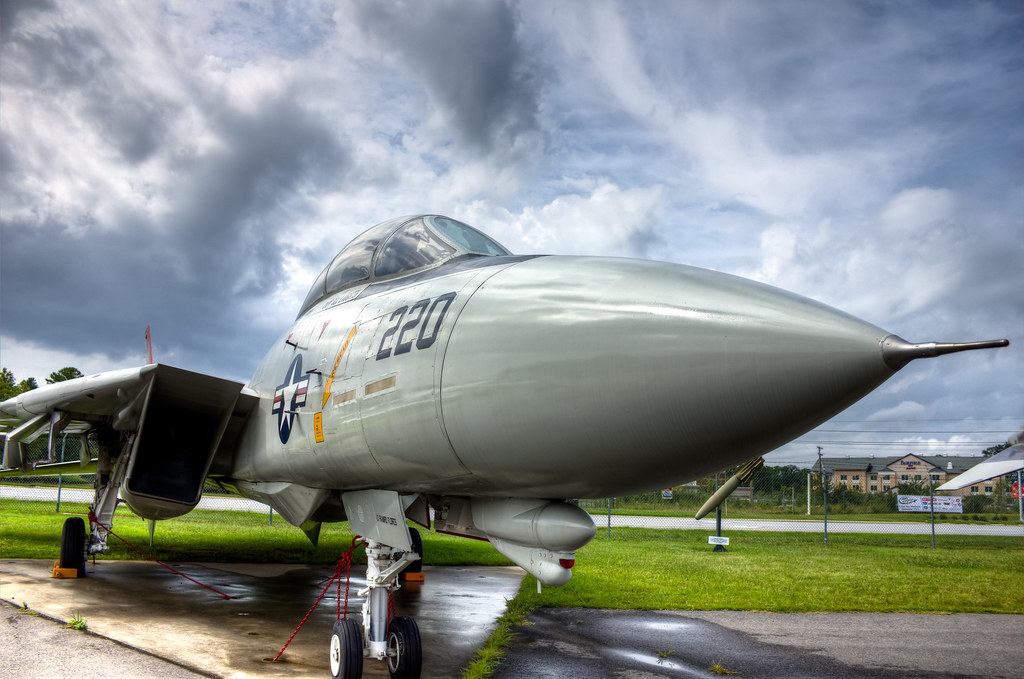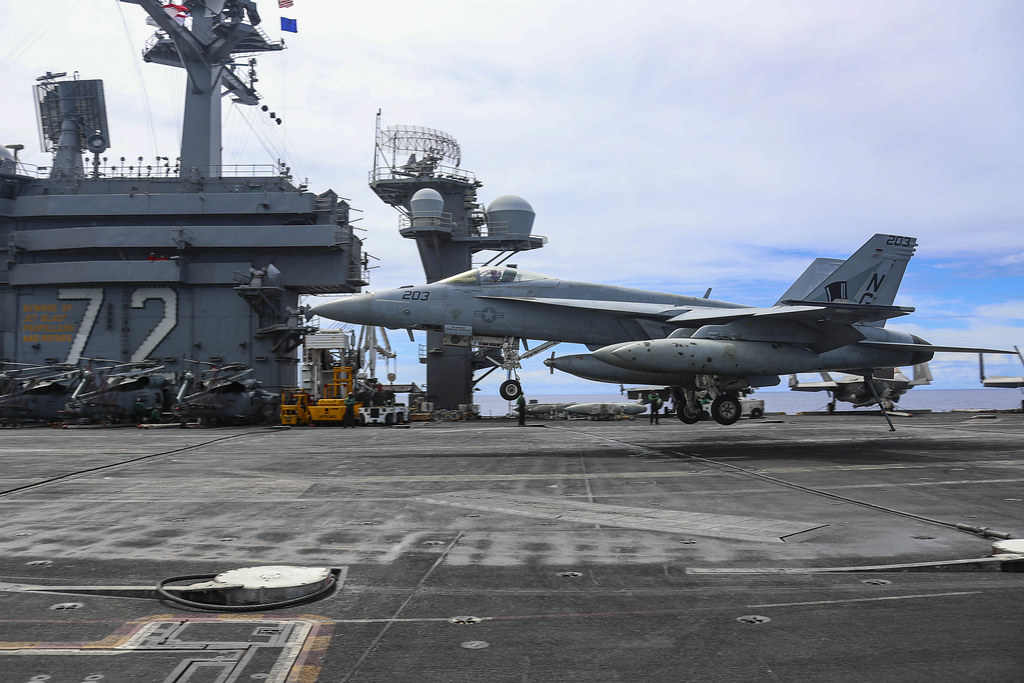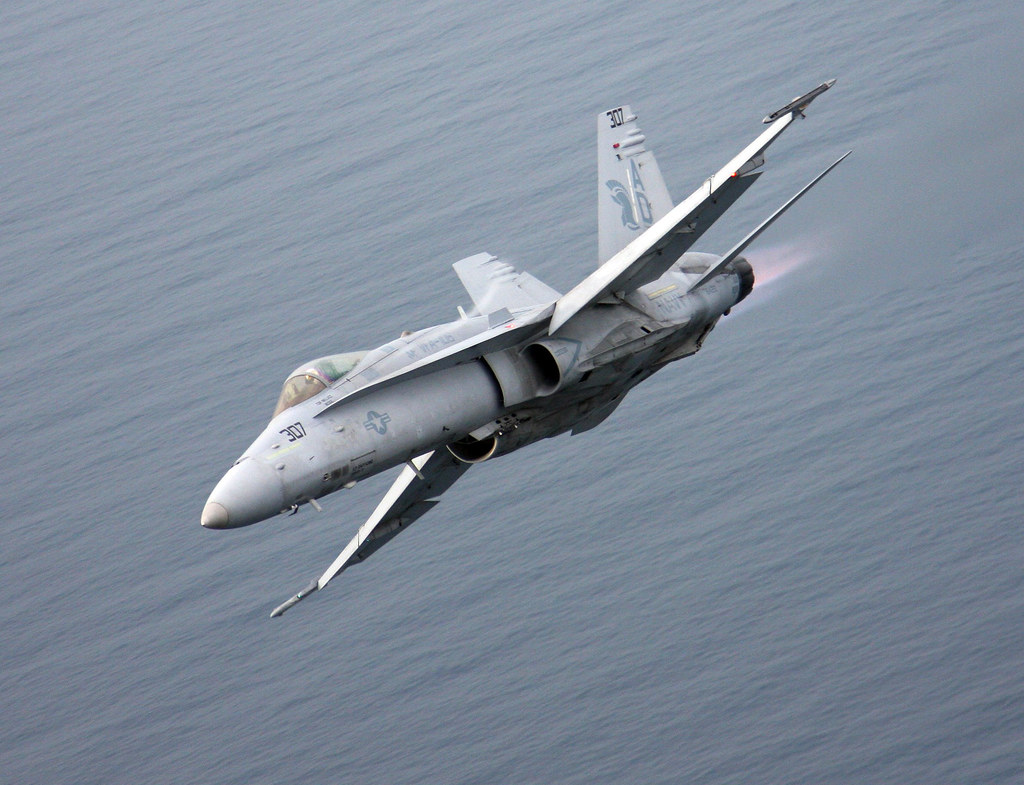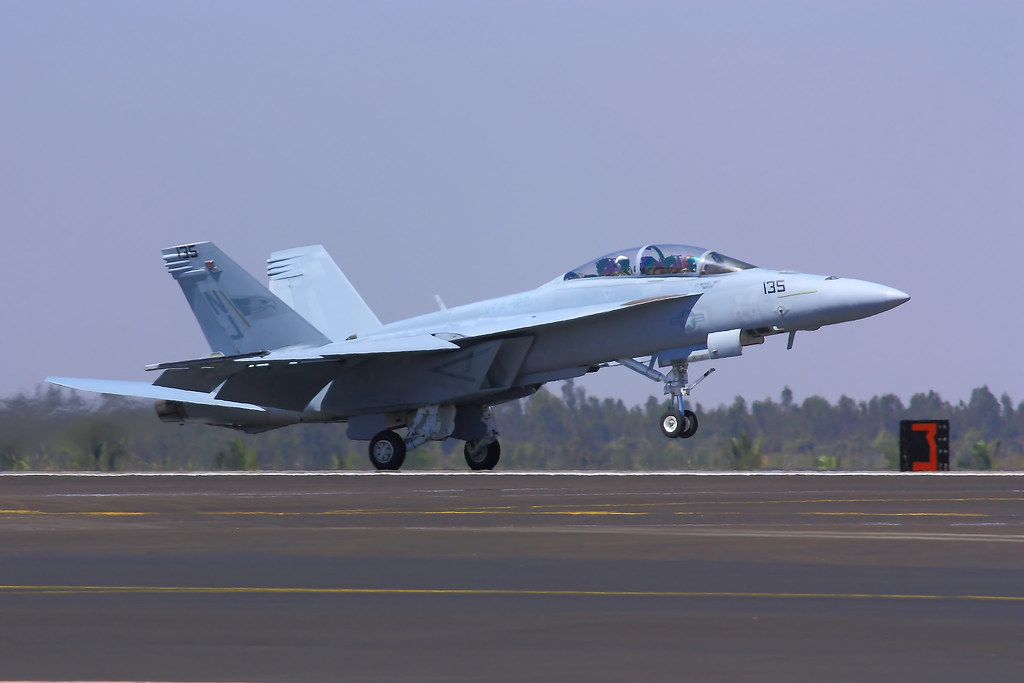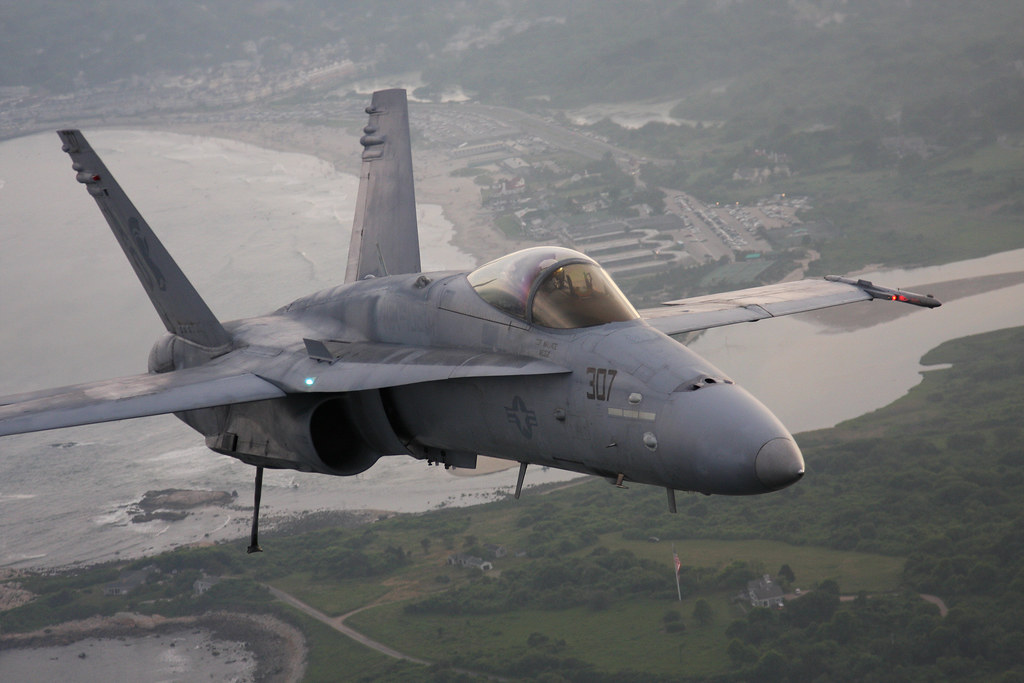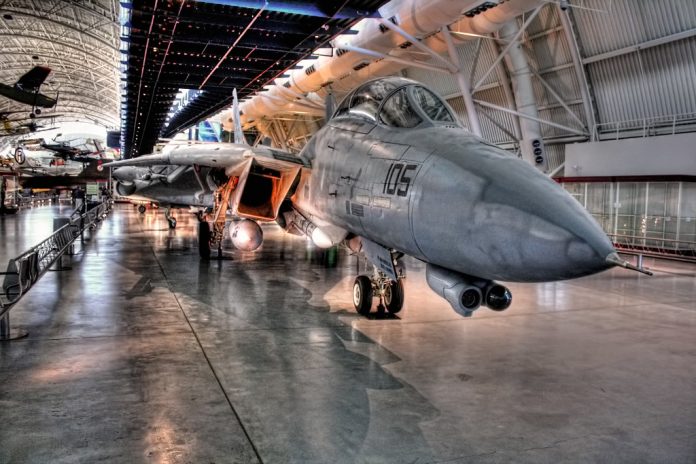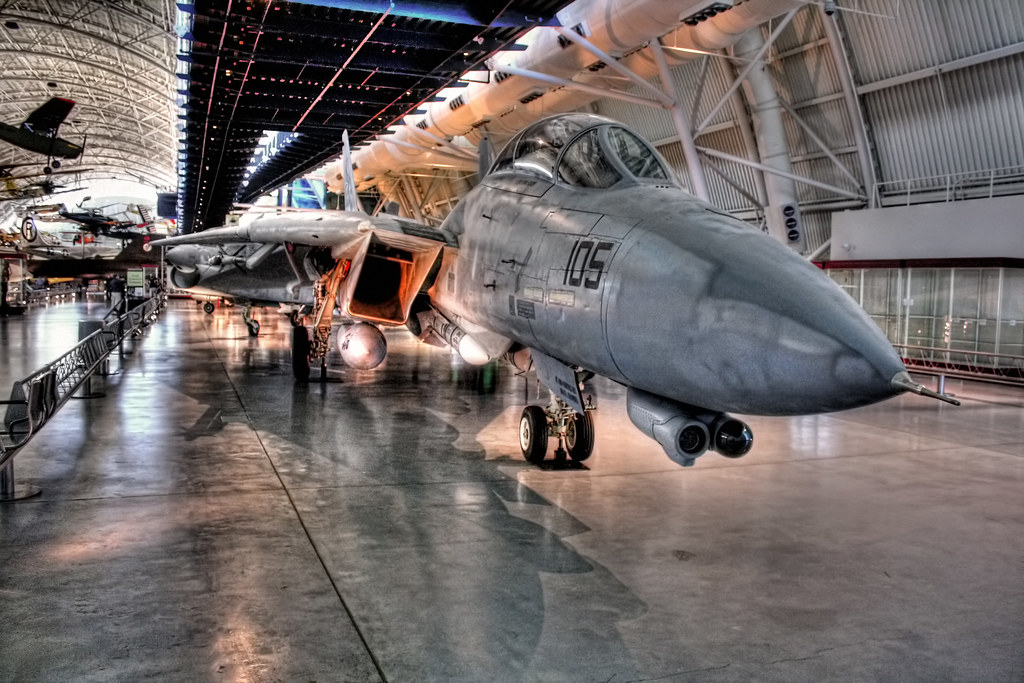
In the dynamic history of military aviation, few aircraft have demonstrated the adaptability and longevity that the F-14 Tomcat achieved during its storied service with the United States Navy. Developed in the 1960s, the F-14 was Grumman’s answer to the Navy’s need for an advanced, carrier-based air superiority fighter. The iconic swing-wing aircraft made its indelible mark not just as an interceptor but also as a multi-role fighter that could adapt to various mission requirements, culminating in its transformation into the ‘Bombcat’ before its retirement in 2006.

From the outset, the F-14 was a marvel of engineering ingenuity and strategic vision. Born out of a requirement during the Cold War to counter Soviet long-range patrol and bomber aircraft, the Tomcat’s long-range AIM-54 Phoenix air-to-air missiles enabled it to engage multiple hostiles from beyond visual range. The aircraft’s distinctive variable sweep wing design, which allowed it to operate efficiently at a wide range of airspeeds, was emblematic of its versatility. As the Navy phased out the hefty F-111B, Grumman rose to the challenge with its F-14 design, making its first flight in December 1970 and beginning deliveries to the Navy in June 1972.
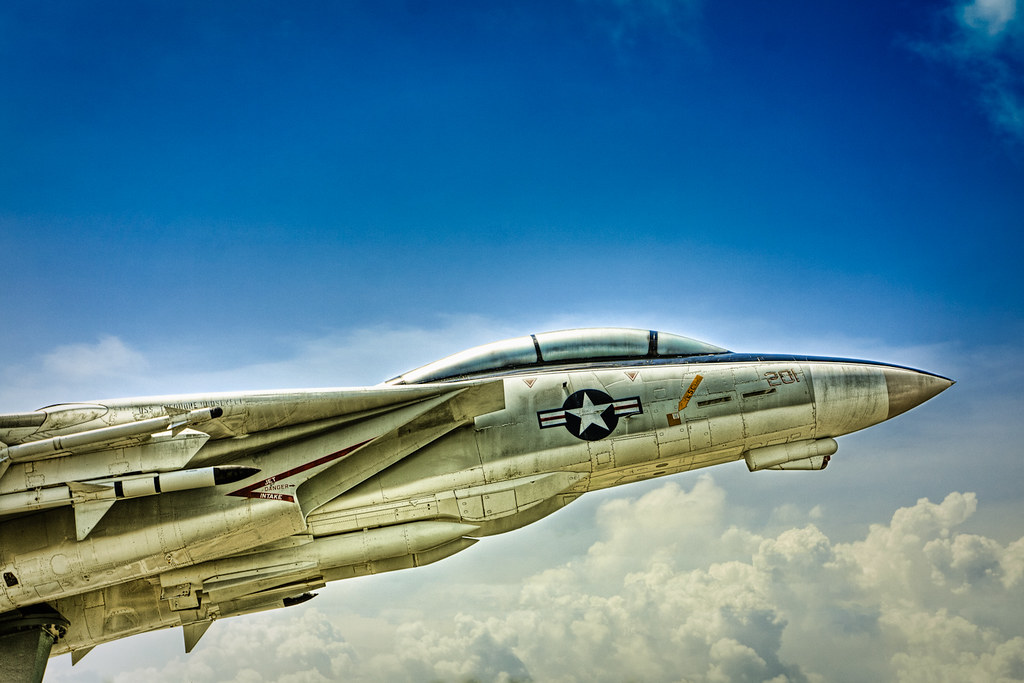
The Tomcat’s multi-role capabilities were a necessity given the limitations of carrier deck space, a point often overshadowed by its glamorous depiction in pop culture. An observer, Matthieu Pickens, noted, “The F-14 wasn’t supposed to be a one-trick pony like the F-15.” This design philosophy meant that the F-14 had to excel in both defensive and offensive roles, encapsulating the lessons of nimble fighter prioritization learned from the Vietnam War.
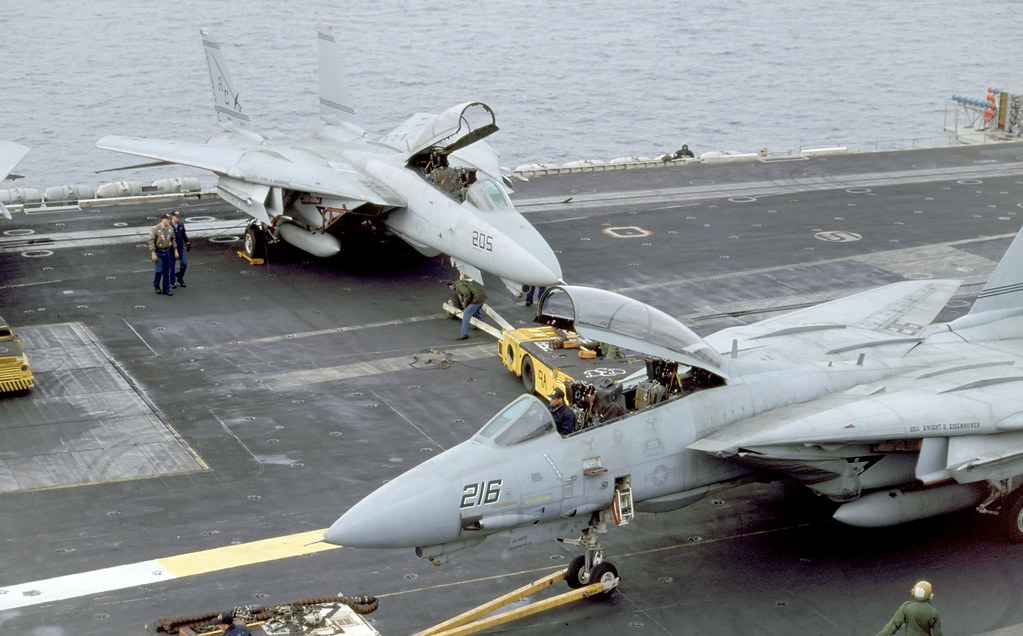
The F-14A Tomcat, in particular, demonstrated its combat prowess early on, achieving its first air-to-air victory in August 1981 by downing two Libyan Su-22 fighters over the Gulf of Sidra. But the aircraft would not rest on its laurels. The ‘Bombcat’ could carry heavier ordnance, stepping into a role that extended its service life and ensured its presence over the skies of Iraq and Afghanistan.
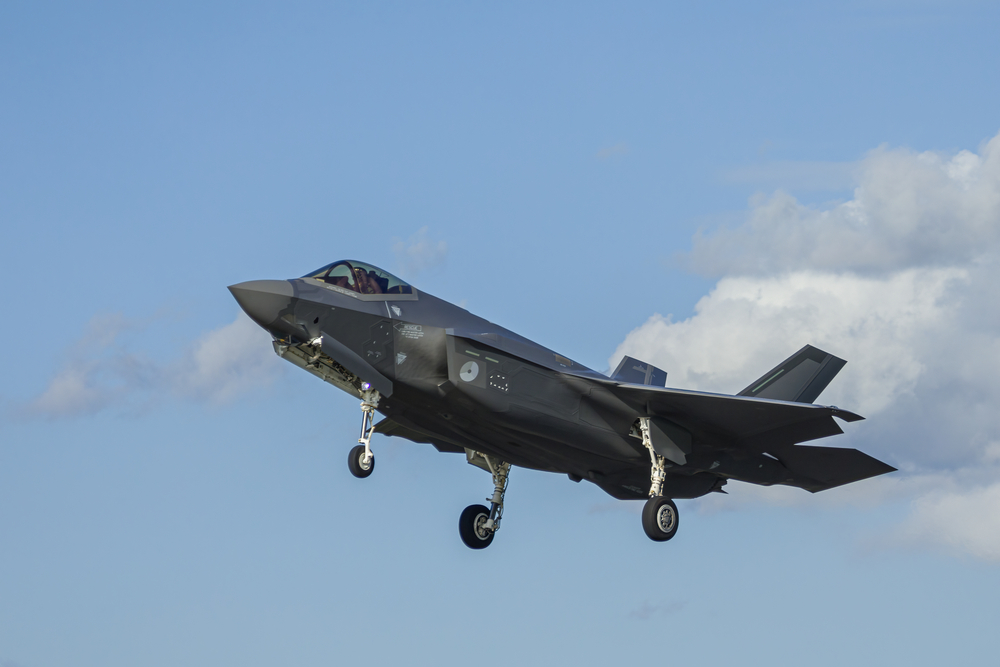
With the introduction of newer aircraft like the F/A-18 Hornet and the eventual F-35 Lightning II, the Tomcat’s days were numbered. In a bittersweet finale, the last F-14 retired from active service with VF-213 in 2006. Yet, its legacy endured not only in the aircraft that took inspiration from it but also in the institution that helped mold its tactics and employment. TOPGUN, the Navy’s elite fighter weapons school, had embraced the F-14 as its premier fighter in the 1980s, shaping generations of aviators who would execute the evolving strategies of carrier-based warfare.
related images you might be interested.
